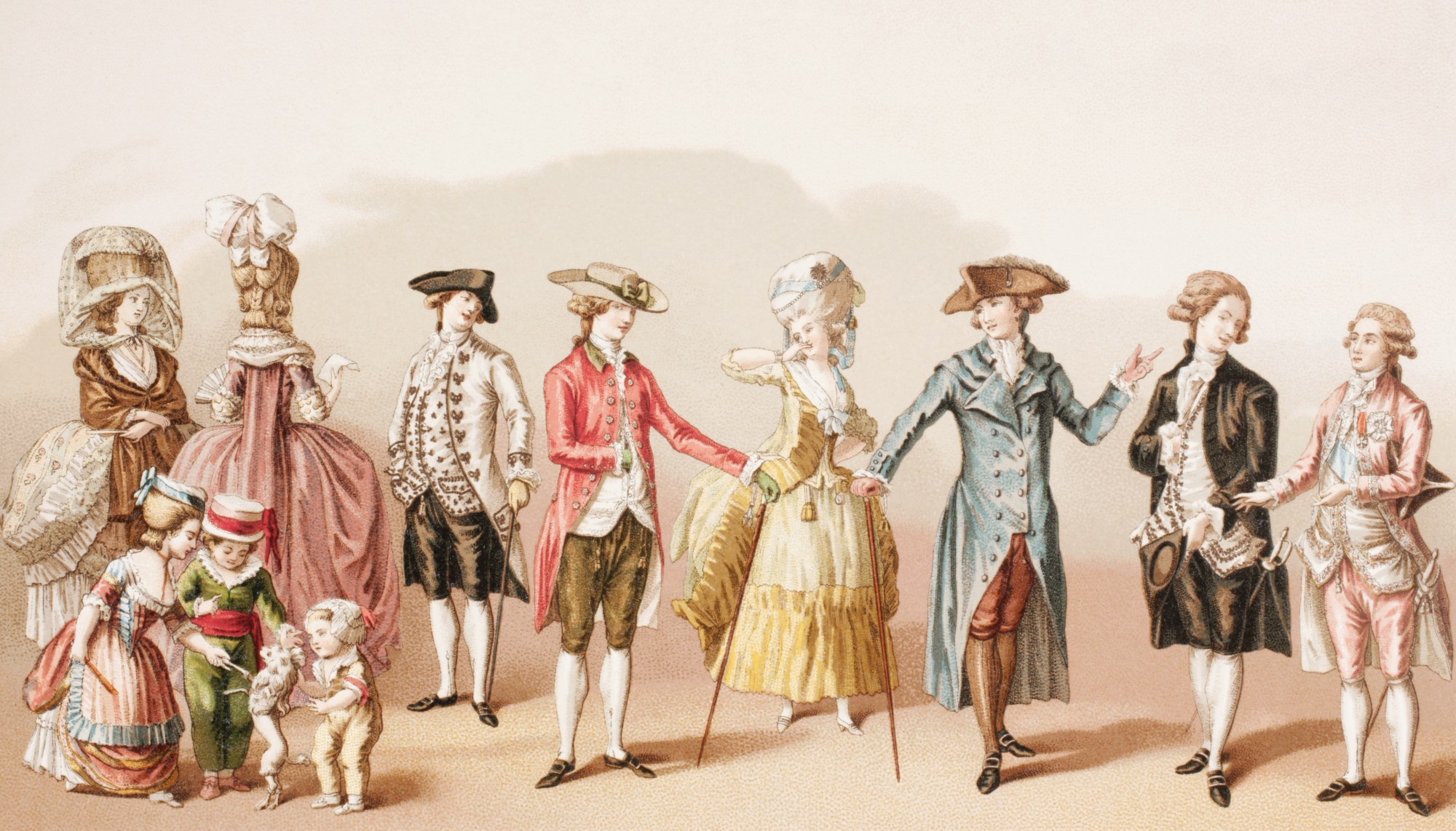Was the Roman emperor Elagabalus trans? A museum in Hitchin, a town halfway between London and Cambridge in Britain, recently changed the pronouns it used when describing an Elagabalus coin in its collection, referring to the emperor as a trans woman using “she/her” pronouns.
According to historical records, Elagabalus, who reigned for four years and was murdered in AD222 at the age of 18, dressed as a female prostitute, “married” a male slave and behaved as his “wife”, and wanted to be referred to in the feminine.
In one story, Elagabalus even begged to undergo a gender transition through surgery.
The emperor has in recent years become an icon in the genderqueer community. Hence the museum’s decision to change his pronouns.
From palace to pauper: the fate of Wenxiu, wife to China’s last emperor
From palace to pauper: the fate of Wenxiu, wife to China’s last emperor
Historians, however, are more circumspect, cautioning against reading historical records at face value. Eminent scholars of the Roman empire say that these stories were written by hostile historians who wanted to find favour with Elagabalus’s successor.
These accounts, which fabricated or exaggerated what were considered sexual and gender deviance by Romans at the time, were written to assassinate Elagabalus’ character, and shouldn’t be regarded as unambiguous historical facts.
Ruling another empire on the other side of the world at the time was Emperor Ming of the Wei dynasty, who was recorded as being partial to donning feminine fashions.
After he ascended to the throne in AD226, Ming changed the style of the imperial crown. In the previous few centuries, the tassels hanging from the front and back of the crown had been strings of white jadeite beads. “As Emperor Ming liked feminine accessories,” historians wrote, “he changed them to coral beads.”
As China goes cashless, how did ancient Chinese carry their money around?
As China goes cashless, how did ancient Chinese carry their money around?
Ming also dressed flamboyantly. He often wore embroidered hats and thin silk robes that exposed half his arms. Writing centuries after the emperor’s time, the word that historians used to describe the fabric could mean a very light blue colour or delicate weightlessness.
Do we question the veracity of these Chinese accounts, in the same way that present-day historians dismiss the stories about Elagabalus as prejudicial inventions and embellishments? Or do we conclude that Ming, who “slayed” with his androgenous looks, did not identify as male?
We know from multiple corroborating accounts that during Ming’s time, it was fashionable for Han Chinese men to aspire to traditionally feminine standards of beauty.
The celebrities of the day were men with snow-white skin, ruby-red lips and effete manners. Many men, including powerful politicians and erudite scholars, powdered their faces and wore make-up, not unlike upper-class European men in the 17th and 18th centuries.

It is very likely that Ming, who reigned from his early 20s until his death around the age of 35, was simply following prevailing fashions, like so many of his contemporaries.
It would be wrong to conclude that Ming and many fashionable men of his time – as well as aristocratic Frenchmen in the 1700s who powdered their faces and wigs – were trans or gender fluid.
One of the first things that students of history learn is that we shouldn’t judge historical events and personalities based on values and sensibilities that are specific to the age we live in.
Never mind the purists – what’s ‘original’ about Chinese food?
Never mind the purists – what’s ‘original’ about Chinese food?
The same can be said about projecting our present-day aspirations on the past.
I stand with transgender individuals. I can’t even begin to imagine their daily struggles to be seen and heard, and to live their lives free from harm and with dignity.
As much as transpeople and their allies want to, and should, celebrate trans history that has long been silenced, the specious use of the past may add more ammunition to the arsenal of the many bigots who are always looking for the slightest excuse.

